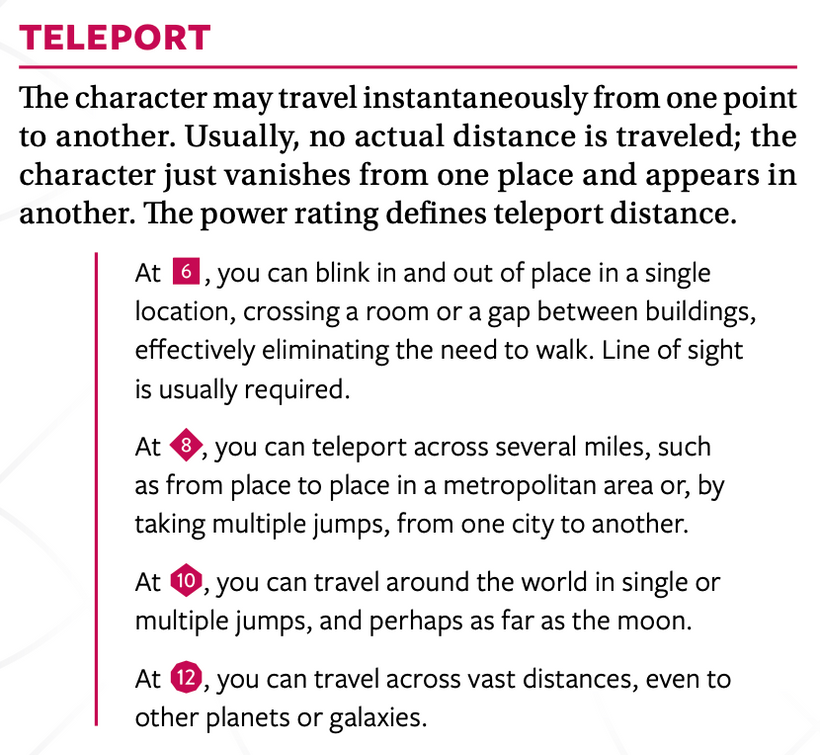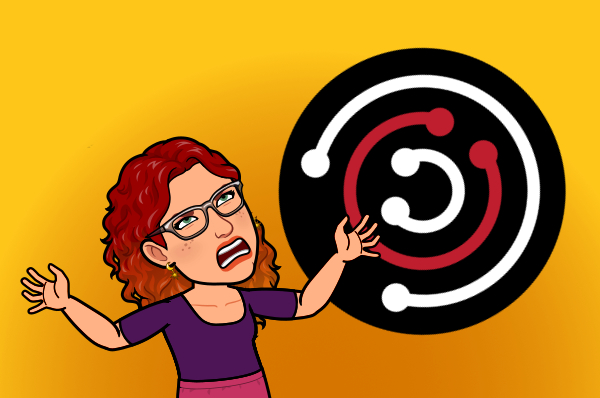Every fantasy setting needs an endless desert. Where else can you find forgotten tombs buried in the sand or trackless landscape to chase down the big bad, only to get lost and struggle to survive the hot sun and harsh wind? And of course you need conflicts over desert oases and trading cities with lively bazaars where everything is available—for a price.
So let’s check out the Outland: a conveniently centrally-located desert where you can find all your fantasy desert needs.
—
OUTLAND
This vast desert, peppered by oases and threaded by ancient trade routes, occupies much of the core of the continent. Produced by the rain shadow of the Kharzanmountains, the desert lies north of that range, from the Wastecoast inland. Its other borders are far less defined. As one progresses northwards and precipitation increases, the desert gives way to Wildermarch in the west and the Norsteppes in the east. Between those two rise the Toriel Highlands, which may or may not be accounted as a part of Outland, depending on the cartographer.
While Outland is typified by sand dunes and rocky plateaus, it is not lifeless. The flora and fauna of the area is hardy and adapted to very dry conditions, spending much of its time waiting for the infrequent rains. When the rain falls, the desert blooms with a number of plant species that bud, bloom, and then seed a new generation in a matter of days. Animals come out of hiding to graze or hunt. Flash floods can fill a “dry” riverbed overnight only to see that water level drop and disappear over the following weeks. Life flourishes along the riverbanks during that time, then buries itself in the sands or their burrows to wait, dormant, for another flood.
Despite its arid desolation, Outland is not unpopulated. A number of nomadic bands of orks, kobolds, and satyrs move from oasis to well to seasonal river, herding camels, goats, or sheep. The greatest oases are the sites of settled cities. These cities are populated by the same peoples, but whereas the nomad bands are usually a few extended families of a single people, the cities host a cosmopolitain mix, plus of course humans.
Outland’s nomads pursue a harsh life of constant movement following the seasonal shift of the region’s scant rainfall. Each bloom and flood can feed a band and its livestock for a few weeks. The survival of the nomads depends on being in the right place at the right time to harvest. Bands practice a strict discipline necessary to move the whole group according to ancient timetables, many of which have taken on religious connotations of sacred wells and holy riverbeds. The nomads’ patriarchal culture of discipline often yields to authoritarian tendancies; band leaders can be tyrannical and band culture can be reactionary if not outright xenophobic. The band’s tight-knit community of interdependency, however, can sometimes temper these harsher aspects of nomad life.
The cities’ melange of peoples is the result of centuries of the cities collecting outcasts from the bands. Many cities maintain the stories of their founding, often elevated to mythic proportions, but a common theme is the founders being accidentally left behind or deliberately cast out. The city of Tallus tells its children that two bands—one of orks and one of satyrs—met at an oasis. Two of their young people fell in love, but when both bands refused to accept the match, the couple stayed at the oasis and founded a city.
The nomads and the cities hold each other in disdain, decrying the other as being too soft or too savage, but the truth is that both groups depend on each other to survive. A few cities have some farming, but they all rely on the livestock cultivated by the nomads. The nomads require not only the water guarded by the cities but also the services they find there, from medical expertise to religious guidance to banking. While the bands are not completely ignorant of magic, the city is the only place where a wizard trained by the Arcane Mysterium can be found, and the desert abounds in ancient curses and elemental threats that require sophisticated sorcery to unravel.
The Dread Tyrant came to Outland by air, with flights of wyvernriders seizing cities one after the other. His goal was Kharzan, and creating a path through the desert where his forces could replenish water supplies. More than one city was destroyed, their water source entirely depleted, in the process. The cities of Outland retained a profound hatred of the Tyrant which eventually blossomed into the Ogrewar, which erupted here and swept through those same cities which he had conquered three decades prior. That conflict, too, wiped entire cities off the map.
The fall of the Dread Tyrant has been met in Outland cities with eruptions of joy and relief, as well as the grim task of rebuilding what was lost. Even in the cities that have survived, this is a difficult proposition, but the boldest seek to uncover and resettle the lost cities of Outland. They will contend not only with the harsh desert but also the nomadic bands who have reclaimed many of the lost cities’ oases. Last but not least, the still-ravenous remnants of the Ogrewar are scattered through the ruins.
—
We’ve done two big regions in a row, so let’s mix it up with something else. A people, a city, an institution, a species? What’ll it be, patrons?

